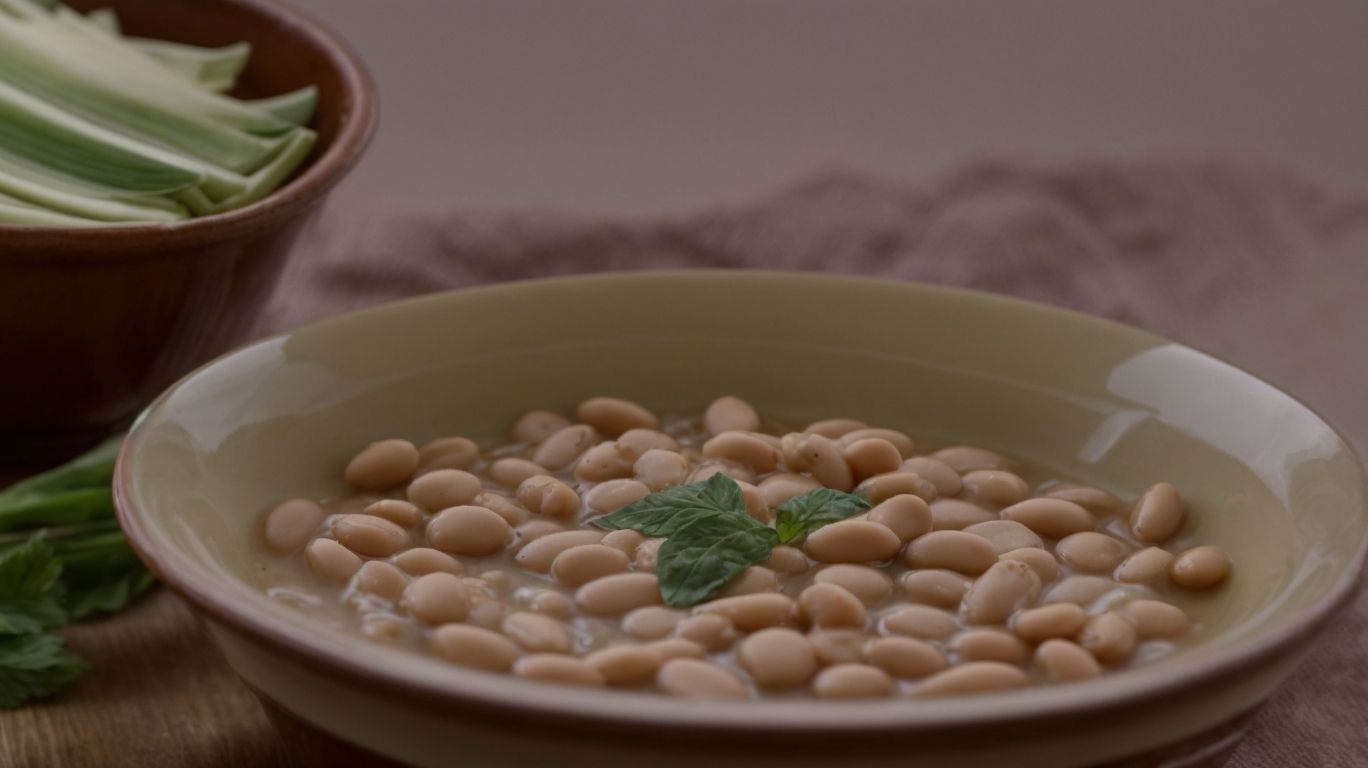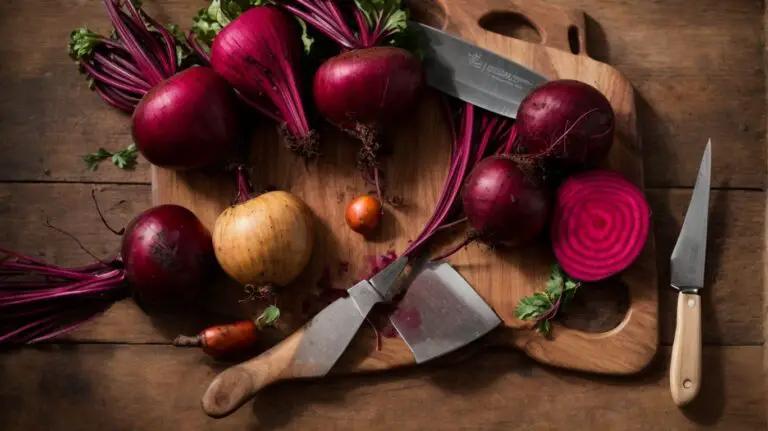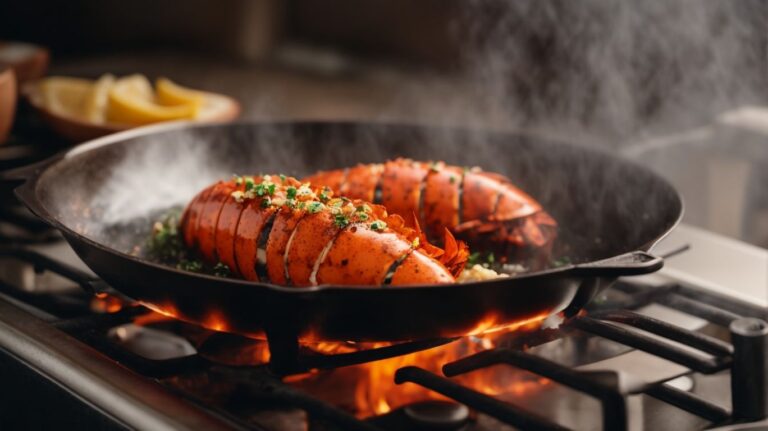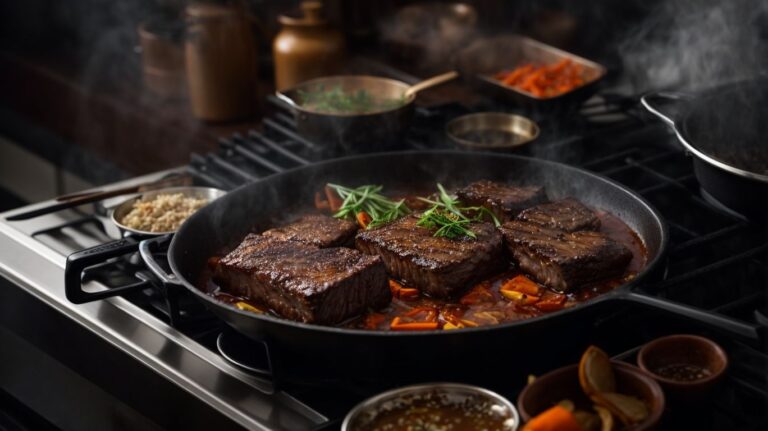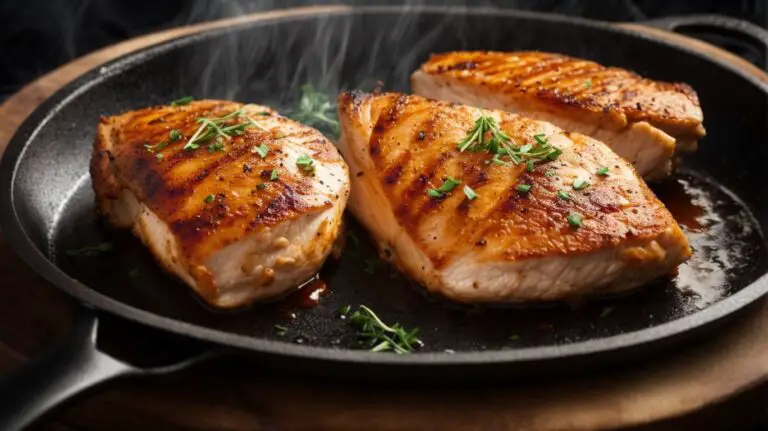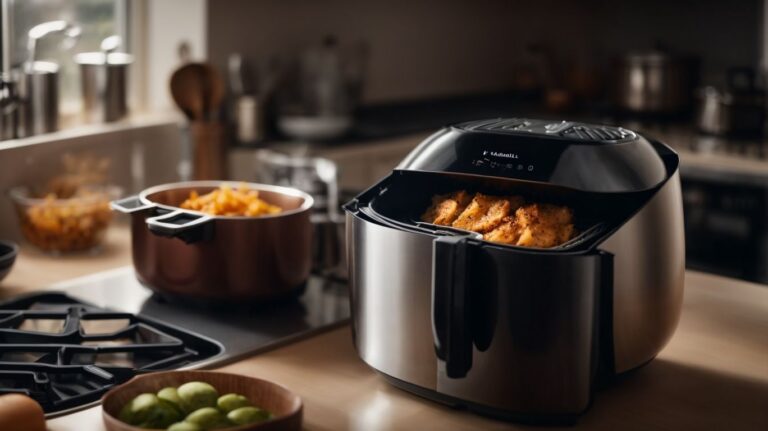How to Cook White Beans After Soaking?
Curious about white beans and why soaking them before cooking is important?
Learn everything you need to know about preparing and cooking white beans. We cover sorting and rinsing, storing cooked white beans, and provide guidance for cooking on the stove, in a slow cooker, or in an Instant Pot.
Discover tips on using cooked white beans in recipes like white bean soup, salad, and dip. Let’s get cooking!
Key Takeaways:
What Are White Beans?
White beans, a type of dried beans, are versatile legumes known for their creamy texture and mild flavor.
These beans are a staple in many cuisines around the world, prized for their ability to absorb flavors and complement a wide range of dishes. Due to their creamy texture, white beans are often used in soups, stews, and casseroles to add thickness and richness.
They also hold their shape well when cooked, making them suitable for salads, dips, and spreads. White beans are packed with nutrients, including protein, fiber, and vitamins, making them a healthy addition to any diet.
Why Should You Soak White Beans Before Cooking?
Soaking white beans before cooking is essential to reduce their cooking time, enhance their flavor, and make them easier to digest.
By soaking white beans in water for at least 4-8 hours or overnight, you allow the beans to absorb moisture, resulting in a plumper and more tender texture when cooked.
This process also helps to break down complex sugars that can cause digestive discomfort if not properly soaked. Soaking removes some of the beans’ natural enzyme inhibitors, making them easier for your body to process. As an added bonus, soaking can also help to reduce flatulence often associated with beans, making your dishes more enjoyable for everyone.
How to Soak White Beans?
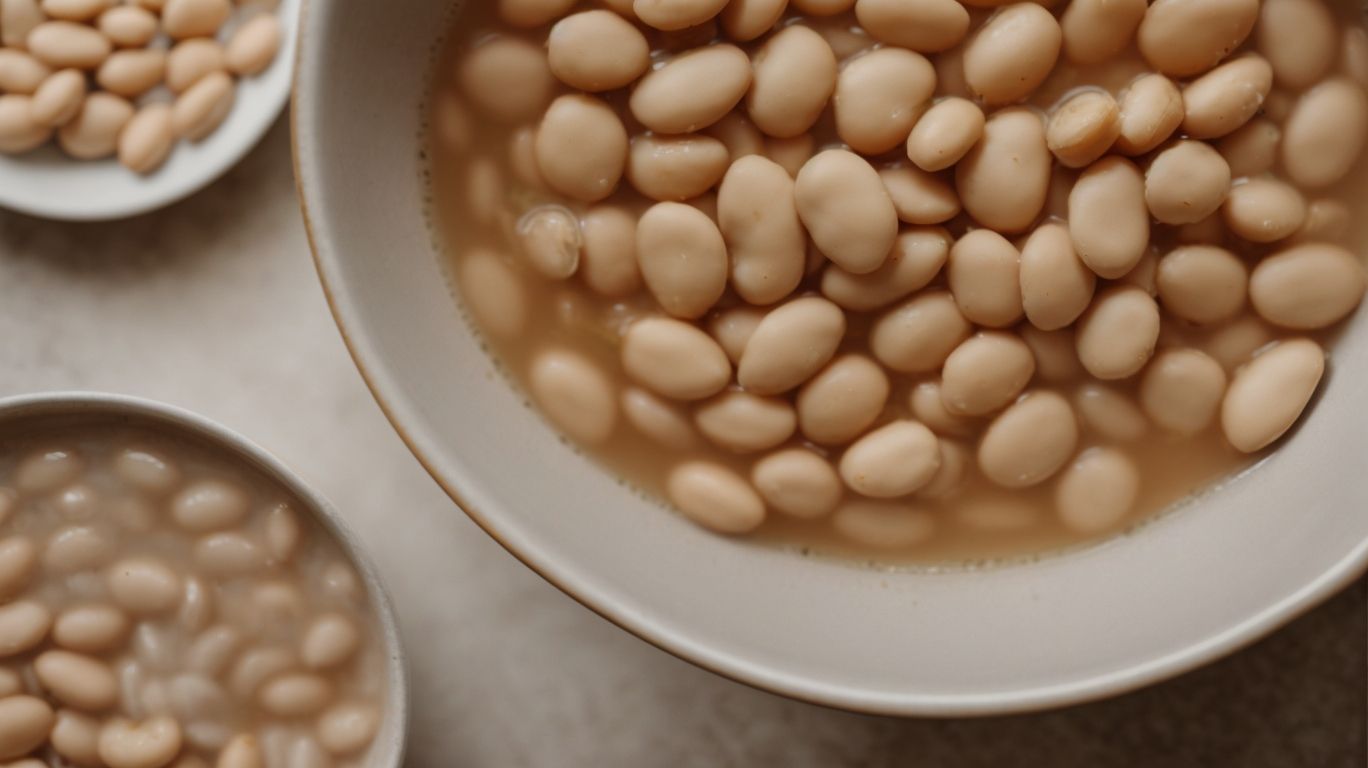
Credits: Poormet.Com – Paul Martin
Learning how to properly soak white beans is a crucial step in preparing them for cooking, ensuring optimal texture and flavor absorption.
Step 1: Sorting and Rinsing
The first step in soaking white beans involves sorting through them to remove any debris or damaged beans, followed by a thorough rinse under cold water.
Sorting through the white beans is vital to ensure only high-quality beans are used in your recipe. It’s important to meticulously scan through them, discarding any discolored or damaged beans that may affect the taste and texture of your dish.
After the initial sorting, rinsing the beans under cold water helps to remove any dirt, dust, or residues that may be present. This step not only cleans the beans but also prepares them for soaking by eliminating any impurities that could alter the flavor of your final dish.
Step 2: Soaking White Beans
After sorting and rinsing, soak the white beans in a bowl of water for the recommended time, allowing them to absorb moisture and soften before cooking.
For optimal results, it is advisable to use room temperature or cold water for soaking the white beans. The soaking duration may vary depending on the type of bean, but a general rule of thumb is to soak them for at least 8 hours or overnight.
To enhance the flavor profile, consider adding seasonings or aromatics such as bay leaves, garlic cloves, or peppercorns to the soaking water.
Step 3: Draining and Rinsing Again
Once the white beans have soaked adequately, drain off the soaking water, rinse them again under fresh water, and they are now ready to be cooked to perfection.
Ensure that the draining process is thorough to minimize any potential digestive discomfort caused by indigestible sugars present in legumes. Rinsing is crucial as it helps remove any impurities, dirt, or residue from the beans, providing a clean base for your dish. By discarding the soaking water and giving the beans a good rinse, you set the stage for a delicious and easily digestible meal. Remember, this final step sets the foundation for the flavor and texture of your cooked beans.
How to Cook White Beans After Soaking?
After soaking white beans, cooking them to tender perfection requires the right method, seasonings, and cookware for optimal flavor and texture.
Step 1: Preparing the Cooking Liquid
Before cooking white beans, prepare a flavorful cooking liquid infused with seasonings, aromatics, and broth to enhance the overall taste of the dish.
Creating a well-seasoned cooking liquid is essential as it serves as the foundation for the entire dish, imparting depth and complexity to the beans. The broth adds richness, while the aromatics infuse a delightful fragrance that entices the senses. By allowing the beans to simmer in this flavorful liquid, they absorb the delicious essence of the herbs and spices, resulting in a thoroughly satisfying culinary experience. It’s the small details like these that transform a simple dish into a gourmet masterpiece.
Step 2: Cooking White Beans on the Stove
Cooking white beans on the stove involves simmering them in the prepared liquid until they reach a tender consistency, absorbing the flavors of the seasonings and aromatics.
Simmering the white beans is a crucial step in the process, allowing them to slowly cook and infuse with the rich flavors of the broth or cooking liquid. The key is to maintain a gentle simmer throughout to prevent the beans from falling apart while ensuring they cook through evenly.
Adjusting the seasoning as the beans simmer is recommended to ensure a balanced taste. This could involve adding more salt, pepper, herbs, or spices based on your preference. Taste-testing along the way helps in achieving the desired flavor profile.
Using a suitable pot, such as a heavy-bottomed one, helps distribute the heat evenly, preventing burning or uneven cooking. Opting for a pot with a lid allows for better heat retention, aiding in the overall cooking process.
Step 3: Cooking White Beans in a Slow Cooker
Utilizing a slow cooker to cook white beans can result in a hands-off approach that yields tender beans infused with the flavors of the broth and seasonings.
One of the major advantages of using a slow cooker is the convenience it offers. Simply toss in the ingredients, set the timer, and let the magic happen as the beans slowly simmer and soak up all the delicious flavors.
The slow cooking process allows the beans to soften gradually, resulting in a creamy texture while maintaining their shape. This method also helps the beans retain their nutritional value, as the gentle heat preserves more nutrients compared to rapid boiling or high-heat cooking methods.
Slow cooking promotes flavor infusion, ensuring that every bite is bursting with rich, savory goodness. The extended cooking time allows the beans to fully absorb the aromas and seasonings, creating a depth of taste that instant cooking methods often lack.
Step 4: Cooking White Beans in an Instant Pot
Pressure cooking white beans in an Instant Pot offers a quick and efficient way to achieve perfectly cooked beans in a fraction of the time.
With this method, you can have tender and flavorful white beans ready in a matter of minutes, compared to the hours it would take using traditional stovetop methods. The Instant Pot utilizes high pressure to cook foods rapidly while retaining their nutrients and natural flavors, making it a popular choice for busy home cooks.
By following the instructions for pressure cooking white beans in your Instant Pot, you can ensure consistent results every time, eliminating the guesswork and potential for undercooked or overcooked beans. This kitchen appliance also offers a set-it-and-forget-it convenience, allowing you to multitask while your beans cook to perfection.
How to Store Cooked White Beans?
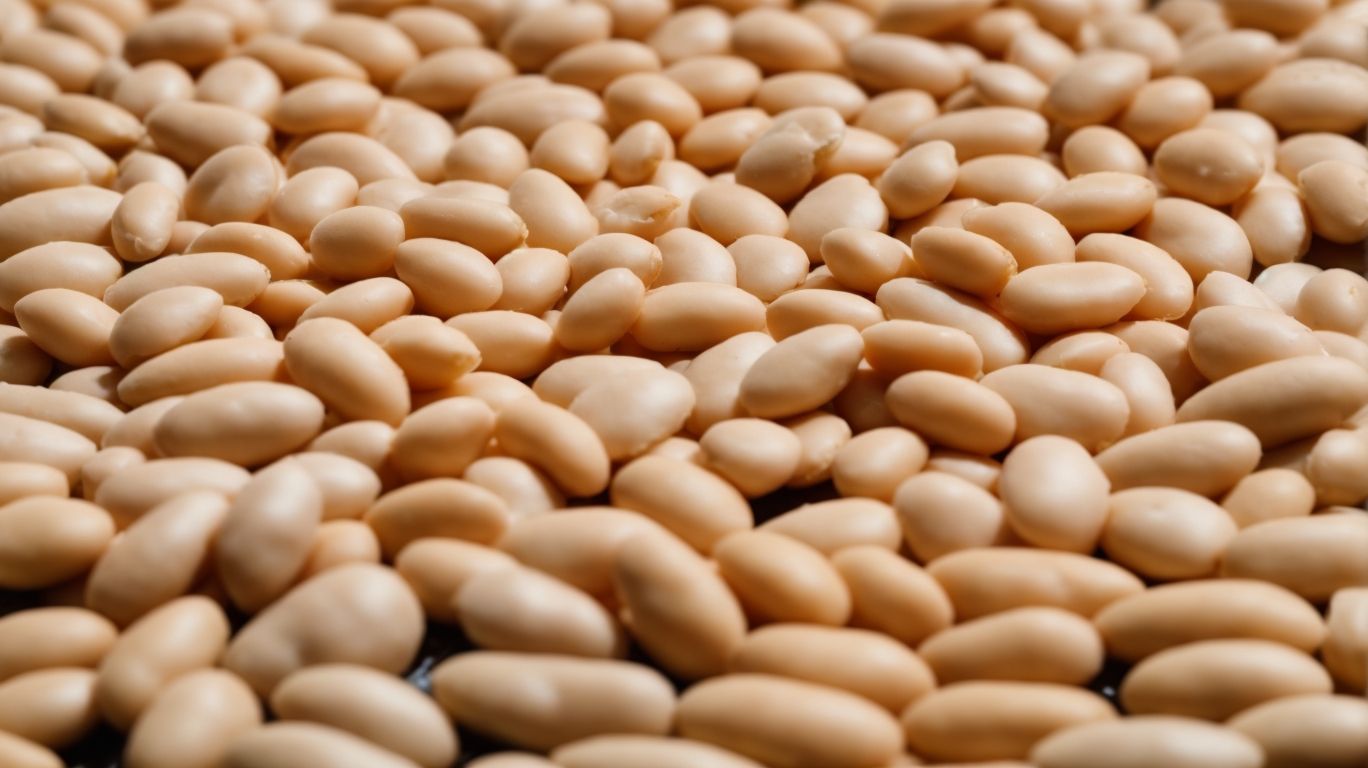
Credits: Poormet.Com – Richard Scott
Properly storing cooked white beans ensures their freshness and extends their shelf life, whether refrigerated or frozen for future use.
Refrigerating Cooked White Beans
After cooking, transfer the white beans to an airtight container and store them in the refrigerator to keep them fresh for up to a week.
Proper storage is essential in maintaining the quality and taste of cooked white beans. Ensuring that the container is airtight prevents exposure to external odors and helps in retaining moisture content.
When refrigerating, make sure the temperature is set between 35°F to 40°F (1.6°C to 4.4°C) to inhibit the growth of harmful bacteria while preserving the beans’ texture.
Remember not to store the beans in the refrigerator door as temperatures tend to fluctuate there. Instead, place them on a shelf towards the back for consistent cooling.
Freezing Cooked White Beans
For long-term storage, portion out the cooked white beans into freezer-safe bags or containers, label them, and freeze in batches for convenient use in future recipes.
To efficiently freeze cooked white beans for later use, start by letting them cool to room temperature after cooking. Once they have cooled, divide the beans into manageable portions, such as single servings or recipe-sized amounts, to ensure easy defrosting. Place the portions into labeled freezer bags or airtight containers, removing as much air as possible to prevent freezer burn.
Label each bag or container with the date of freezing and the quantity of beans inside for quick identification. Consider creating a freezing inventory list to track the contents of your freezer for better meal planning and organization.
How to Use Cooked White Beans in Recipes?
Cooked white beans are a versatile ingredient that can be incorporated into a variety of dishes, including hearty stews, nutritious soups, and flavorful salads.
White Bean Soup
White bean soup is a comforting and nutritious dish made with cooked white beans, aromatic seasonings, and a flavorful broth, perfect for chilly days.
This hearty soup is not only delicious but also packs a powerful nutritional punch. White beans are a great source of fiber, protein, and antioxidants, making this dish a wholesome choice for any meal. The aromatic seasonings like garlic, rosemary, and thyme add depth and complexity to the flavor profile, enhancing the overall taste experience. To make this soup, start by sautéing onions and garlic in olive oil, then adding in the white beans, broth, and seasonings for a simmering pot of goodness.
White Bean Salad
A refreshing white bean salad combines cooked white beans with fresh vegetables, zesty dressing, and aromatic herbs for a light and satisfying meal option.
White bean salad is a versatile dish that can be tailored to suit any taste preferences. The key to this salad is the combination of crisp cucumbers, ripe cherry tomatoes, and crunchy bell peppers, which add a burst of freshness and color. The flavorful dressing, typically made with olive oil, lemon juice, and a hint of garlic, enhances the natural flavors of the ingredients.
The fragrant herbs like parsley, basil, or dill not only infuse the salad with a delightful aroma but also provide a refreshing taste. This salad is a perfect side dish for grilled meats, a hearty addition to a vegetarian spread, or a standalone lunch option. Its simplicity and vibrancy make it a popular choice for picnics, potlucks, or a quick and healthy weeknight meal.
White Bean Dip
Whip up a creamy white bean dip with garlic, onions, and a blend of aromatic spices and herbs, perfect for snacking or entertaining guests.
This versatile dip recipe is not only easy to make but also incredibly flavorful. The creamy texture of the white beans blends wonderfully with the earthy notes of minced garlic and sautéed onions, creating a rich base that elevates the entire dish. To enhance the savory profile, consider adding a pinch of cumin, a sprinkle of smoked paprika, and a squeeze of fresh lemon juice for that extra kick. The magic lies in the balance of flavors and the subtle hints of herbs that tie everything together.
Frequently Asked Questions
How do I cook white beans after soaking?
To cook white beans after soaking, drain and rinse them, then add them to a pot of boiling water. Let them simmer for about 1 hour, or until tender.
Do I need to soak white beans before cooking?
Yes, soaking white beans helps to reduce the cooking time and makes them easier to digest. Soaking also helps to remove any dirt or debris from the beans.
How long should I soak white beans before cooking?
It is recommended to soak white beans for at least 8 hours, or overnight. If you are short on time, you can also do a quick soak method by boiling them for 2 minutes and then letting them soak for 1 hour.
Can I use the soaking liquid to cook white beans?
No, it is not recommended to use the soaking liquid to cook white beans as it may contain impurities and can cause digestive issues. Always drain and rinse the beans before cooking.
What should I do if my white beans are still hard after soaking and cooking?
If your white beans are still hard after soaking and cooking, it may be due to the age of the beans. Older beans take longer to cook and may require soaking for a longer period of time. You can also add a pinch of baking soda to the soaking water to help soften the beans.
Can I freeze white beans after soaking?
Yes, you can freeze white beans after soaking. Once the beans are cooked, let them cool completely and then store them in an airtight container or freezer bag. They can be stored in the freezer for up to 6 months.

